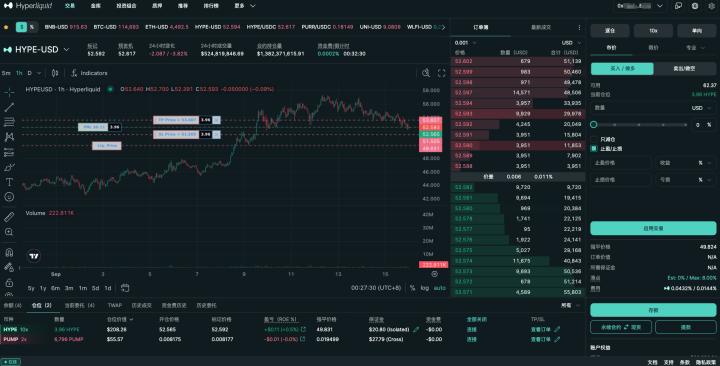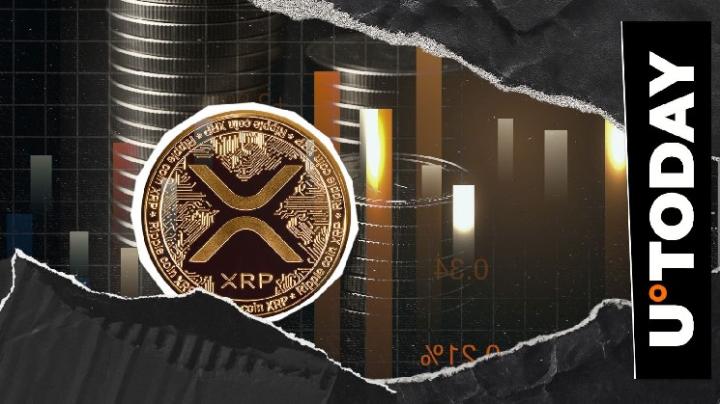
The digital finance industry is moving from “promise” to implementation: RWAs, Tokenize funds and onchain treasuries emerge with real money flows, real compliance, and a clear demand for sufficient legal clarity instead of waiting for the perfect framework.
A unified global standard sounds appealing, but the financial reality is Shard. What the market needs is a minimum level of clarity to price risk, and then iterate – incrementally.
- Tokenize scale is predicted to be large, but is currently only about 50 billion USD; the driving force comes from institutional implementation and clear legal basis.
- Waiting for the perfect global framework is paralyzing; progress needs to be iterative, applied in each area with actionable guidance.
- Clearly, while imperfect, it unlocks Capital: reduces legal uncertainty, lowers compliance costs, increases cross-border liquidation .
What's Changing with RWA, Tokenize Funds and Onchain Treasuries?
The new momentum comes from real businesses, real cash flows, and real compliance, not just slogans. Large institutions have tested and launched products, bringing confidence in onchain infrastructure serving real-world assets.
In 2022, BCG estimated that the total size of Tokenize could reach $16 trillion by 2030 (BCG, 2022, according to Ledger Insights). By 2025, the capitalization is only about $50 billion, but Tokenize money market funds and onchain treasuries have formed, signaling a mature stage.
The presence of big players like BlackRock with its Tokenize money market fund, along with the trend of using USDC as the de facto settlement layer for onchain Treasury bonds, shows growth based on genuine demand and clearer regulatory corridors.
Why progress requires iteration, not perfection?
The future of finance is digital, but implementation needs to follow a test-and-tune cycle, not wait for a “complete US” framework. Clear enough to help organizations assess risk and allocate Capital step by step.
Organizations are allergic to uncertainty. Waiting for “perfection” will paralyze progress. The emphasis on theoretical perfection is holding back implementation, when what the market needs is clear, actionable operating guidance.
Traditional finance is Capital Shard: Basel III in Europe is different from banking regulation in the US. Crypto is not “particularly fragmented”; that is the general reality. So demanding a “one-size-fits-all” global framework only slows down progress.
Is a unified global legal framework realistic?
No. What is needed is a minimum level of transparency in each region to operate safely. Shard is the default state of global finance, and markets operate in that condition.
In the US, Tokenize stocks are considered securities under current law. In Europe, MiCA creates a common but limited “playbook” for DeFi. Singapore allows Tokenize bonds for institutional investors, restricting retail. This is a natural evolution, not a failure.
The big problem is not so much legal ambiguity as the lack of market infrastructure and strong demand. The “rails” are in place, but there is a lack of traffic. The market can function with imperfect regulation; it cannot function if everyone is left out.
| Area | Outstanding legal status | Scope/Notes | Source |
|---|---|---|---|
| USA | Tokenize securities are considered securities | Apply current securities framework, licensing by product | SEC |
| European Union | MiCA regulates digital assets and service providers | Clear scope with stablecoins, limited with DeFi | MiCA (EU) |
| Singapore | Enable Tokenize Bonds/Funds for Institutional Investors | Pilot program, retail investor restrictions | MAS |
What is the cost of waiting?
The delay is not because of anti-blockchain sentiment, but because no one wants to account for assets that could be retroactively XEM illegal. The price of “waiting” is opportunity costs and skyrocketing compliance costs.
Banks are incurring significant costs for systems changes in what they still consider niche markets. A few licensing gaps are enough to keep them out in many jurisdictions.
Uncertainty increases legal consulting costs, forces separation of business units, and disrupts cross-border liquidation . Each territory becomes a legal “minefield”. This is an institutional infrastructure bottleneck, not just a technological problem.
Why is it clear, though imperfect, that Capital is still unlocked?
Traditional Capital markets have operated for decades under heterogeneous frameworks. What is needed is a clear foundation for measuring and pricing risk. The “shadow” system in finance, which is worth about $60 trillion, still operates alongside formal frameworks.
This is not an advocacy of indiscriminate loosening. Anti-fraud and investor protection are essential, but do not require a “seamless” global framework. Rules can be published, calibrated, and tightened gradually based on actual data.
For regulators, the priority is to publish repeatable, updatable guidance. For financial institutions, the biggest risk is being late. For builders, operate within the existing framework while proactively proposing incremental improvements.
What should regulators do?
Prioritize “actionable clarity” over waiting for completion. Published rules, controlled testing, and updates based on market data help release Capital early.
A phased approach helps prevent fraud, protect investors, and encourage innovation. The market needs milestones to make decisions, not all US refund terms from day one.
What should financial institutions do?
Select areas with feasible guidelines for piloting, gradually expanding according to legal maturity. Optimize legal costs by standardizing contracts and integrating custody and identification infrastructure.
First movers will benefit from early liquidation , better Capital efficiency and operational data to negotiate with regulators.
What should a crypto builder do?
Design products “compliant by default”: risk-based authorization, access control, transparent reporting. Engage early with regulators to request scoped testing.
Focus on real-money use cases: money market funds, short-term bonds, supply chain credit; prioritize integration of institutional-responsive identification and custody standards.
What real problem does Tokenization solve?
Solving three pain points: settlement times in days instead of seconds, Capital tied up in reconciliation and reconciliation, and access barriers due to regulatory borders. When done right, Tokenize increases Capital efficiency and expands access.
Stablecoins are “blueprints”: where there are guidelines, adoption accelerates. Tokenize securities can follow this path with a clear, albeit imperfect, framework (BCG, 2022; EU MiCA; MAS).
Real-world examples: Tokenize money market funds from major asset managers, and the use of USDC as an onchain settlement layer for Treasury assets are happening within the regulatory framework. This is a signal of real demand and a real revenue model.
From theory to practice: what's next for the industry?
The industry has moved away from speculative “meme” and towards positive profit and on-chain cash flow businesses. Those who dare to operate within a clear framework while still evolving will shape the next chapter of finance.
Progress by momentum, not perfection. If we wait for a “master” framework, the digital asset revolution will remain theoretical. Start with a framework that works, then iterate and improve.
Frequently Asked Questions
What is an RWA and how is it different from a regular digital asset?
RWA is a real-world asset such as bonds, real estate, money funds represented by Token. Unlike Utility Token , RWAs are tied to real-world cash flows and legal rights, requiring strict compliance.
Why not wait for the perfect global legal framework?
Shard Capital finance. Minimal clarity allows for risk measurement and early implementation, while waiting for “perfection” paralyzes the market and misses out on liquidation.
Does MiCA solve DeFi ?
MiCA provides an important framework for digital assets and services in the EU, but is limited to DeFi. This is the first step to further expand the scope based on real-world data.
What is the biggest risk when participating in tokenization?
Regional regulatory uncertainty, compliance costs, and cross-border operational risks. Reduce risk by selecting a region with clear guidelines, standardizing contracts, and risk management.
What examples clearly demonstrate that legislation promotes adoption?
Stablecoins: where there is guidance, adoption explodes. Tokenize money market funds and short-term bonds are also growing where there is a viable regulatory framework (BCG, EU MiCA, MAS).








